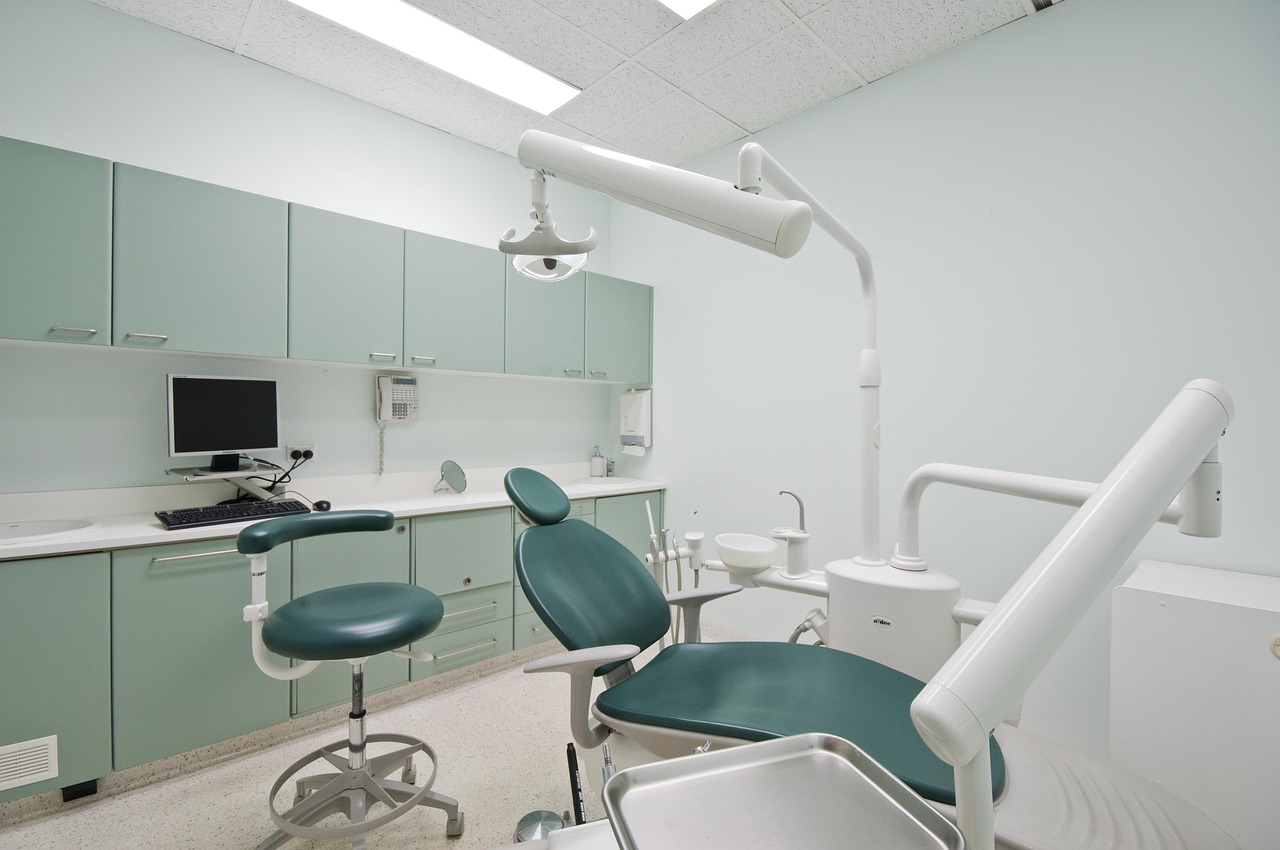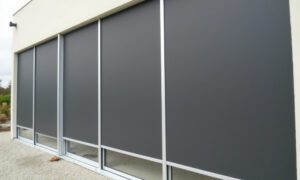Developing an inviting and practical environment for a dental practice plays a significant role in supporting quality dental care and promoting positive interactions. The details embedded in dental clinic interior design reflect both the functionality required for daily operations and the sense of ease necessary for patients’ well-being. Careful attention to the structure, colors, furnishings, and placement of different spaces inside the clinic helps create a balanced environment.
First impressions matter
The reception zone forms the gateway to the clinic experience. Its layout and appearance often shape how clients and visitors feel right from their arrival. A space that uses soothing colors, effective lighting, and comfortable seating can decrease the apprehension often associated with dental visits. Natural daylight and organized reception desks contribute to an inviting entry point, allowing for straightforward check-in procedures. Small touches, such as plants or art, enhance the atmosphere and instill reassurance. The initial impact of a welcoming entrance can support confidence and comfort, encouraging patients to return.
Patient flow and clinic layout
How different spaces are designed and linked within the clinic can influence both the efficiency of procedures and client comfort. Strategic planning of waiting areas, treatment rooms, and administrative zones allows each function to operate smoothly. Minimizing unnecessary walking or confusion by organizing clear hallways and logical connections between departments supports a streamlined workflow. The logical placement of restrooms, consultation rooms, and support areas enhances the ability for both staff and patients to move easily between spaces. This approach results in a calm setting where disruptions are minimized, and patient stress is reduced.
Functionality and comfort in treatment rooms
Treatment rooms require careful thought regarding equipment placement, sound reduction, and ergonomics. Workstations benefit from adjustable chairs and patient-friendly beds that enable dental professionals to perform tasks efficiently while minimizing strain. Adequate lighting—both overhead and task-specific—ensures that procedures can be performed with accuracy. The integration of sound-absorbing materials, such as wall panels or flooring, contributes to a quieter environment. Providing privacy without sacrificing accessibility helps patients relax, and a thoughtfully designed room supports smooth operations for the staff.
Infection control and cleanliness
Prioritizing hygiene standards stands at the core of any dental clinic’s design. All surfaces, such as counters and floors, should allow for easy cleaning and regular disinfection. Arrangement of supplies and equipment should facilitate efficient access while minimizing the risk of cross-contamination. Design choices, such as closed cabinetry for tools and dedicated areas for sterilization, contribute to a clutter-free and organized appearance. These choices not only safeguard health but also build patient confidence when they observe cleanliness practices being upheld throughout the facility.
Lighting and color choices
Effective lighting is essential both to patient comfort and to supporting visual precision required in dental procedures. Incorporating generous natural daylight creates a bright and open ambiance, while adjustable artificial lighting permits customization for different treatments. Choosing gentle, calming colors—such as soft blues, greens, or neutral tones—can have a positive psychological effect, reducing patient anxiety. Coordinating wall paint, furniture colors, and artwork leads to a unified interior that feels harmonious and safe.
Key considerations in dental clinic design
Several factors collectively shape the atmosphere and efficiency inside a dental practice. Blending best practices in patient-centered layout, acoustic control, furniture selection, and decorative elements generates positive experiences for visitors and professionals alike. Adhering to relevant guidelines in dental clinic design helps ensure that the clinic meets regulatory standards while also promoting comfort. Paying attention to details like easy navigation, clear zoning, and pleasing decor supports overall satisfaction and daily function.
Conclusion
Paying attention to the major elements of dental clinic interior design enables both practitioners and patients to benefit from the environment. Emphasizing comfort, efficient layouts, and sanitation not only streamlines clinic operations but also nurtures patient trust. The right design elements create a welcoming atmosphere, help reduce stress, and support positive outcomes for everyone involved. Thoughtfully arranged clinic spaces can bolster both reputation and patient satisfaction over the long term.



































